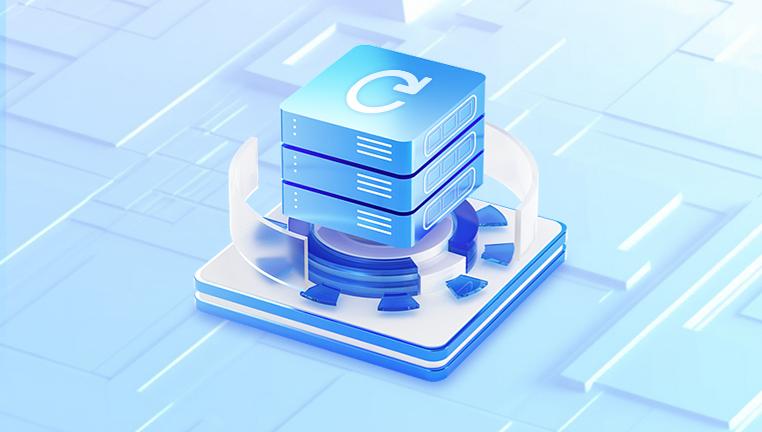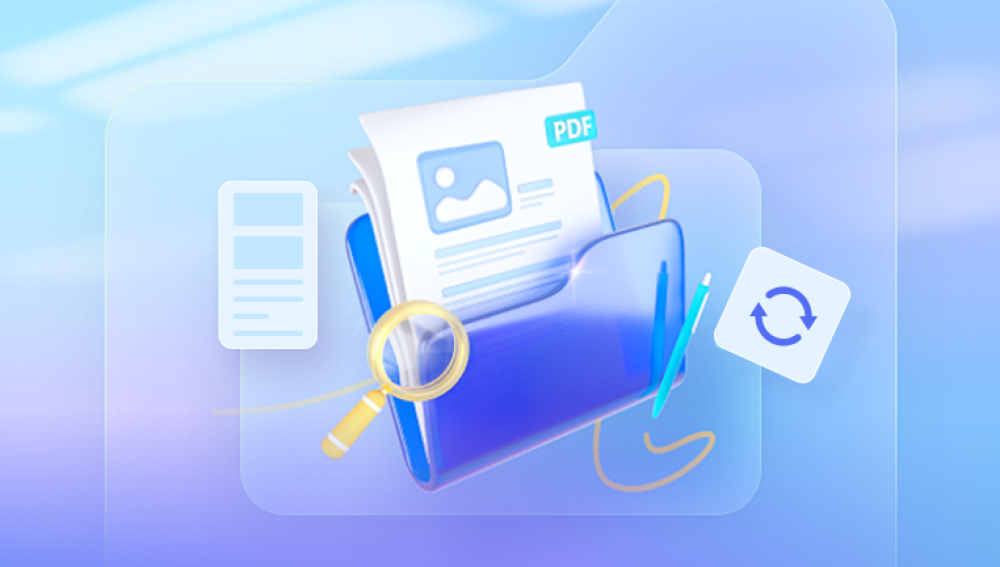I. Recover data from external hard disk not detected
An external hard disk is a popular storage device for its large capacity and portability. However, it can be very frustrating when the external hard disk is not detected by the computer. This may be due to various reasons, such as hardware failures, software issues, or incorrect settings. The good news is that in many cases, data can still be recovered even if the hard disk is not detected.
II. Check the Hardware Connection and Settings
Inspect the Cable and Ports
First, check the USB cable or other connection cables of the external hard disk. Make sure the cable is not damaged, frayed, or bent. A damaged cable can cause connection problems. Try using a different cable to see if the problem is solved.

Also, check the USB ports on your computer. Try plugging the external hard disk into different USB ports to rule out the possibility of a faulty port. Sometimes, a USB port may be disabled or malfunctioning.
Power Supply Issues
If the external hard disk requires an external power supply, make sure the power adapter is working properly and is connected securely. Some external hard disks may not function properly if the power supply is insufficient or unstable.
Check Disk Management
Press the Windows key + R, type "diskmgmt.msc" and press Enter to open the Disk Management utility. In Disk Management, check if the external hard disk is listed. If it is listed but not assigned a drive letter, you can right - click on the disk and select "Change Drive Letter and Paths" to assign a drive letter.
If the disk is shown as "Offline" in Disk Management, right - click on it and select "Online" to bring it back online.
III. Update Drivers and Firmware
Update Device Drivers
Out - of - date or corrupted device drivers can cause the external hard disk to be undetected. Open the Device Manager by pressing the Windows key + X and selecting "Device Manager".
Expand the "Disk drives" category and right - click on the entry for your external hard disk. Select "Update driver" and follow the on - screen instructions to update the driver. You can choose to search automatically for updated driver software or browse to a specific location if you have the latest driver downloaded.
Check for Firmware Updates
The firmware of the external hard disk may also need to be updated. Visit the manufacturer's website and look for the support section for your specific model of the external hard disk. There may be firmware update tools and instructions available. Updating the firmware can sometimes fix compatibility issues and improve the performance and detection of the hard disk.
IV. Scan for Viruses and Malware
Run a Full System Scan
Viruses and malware can sometimes interfere with the detection of external hard disks. Use your antivirus software to perform a full system scan. Make sure your antivirus software is up to date before running the scan. The scan may take some time, but it will check all files and programs on your computer, including those on the external hard disk if it is accessible.
Remove Infected Files
If the antivirus scan detects any viruses or malware, follow the instructions provided by the antivirus software to remove or quarantine the infected files. After removing the threats, restart your computer and check if the external hard disk is detected.
V. Use Data Recovery Software
Choose the Right Data Recovery Software
There are many data recovery software available in the market, such as EaseUS Data Recovery Wizard, Recuva, and Disk Drill. Research and choose a reliable and suitable software for your needs. Some software may offer more advanced features for specific types of data recovery, while others may be easier to use for beginners.
Install and Run the Software
Install the chosen data recovery software on your computer. Do not install it on the external hard disk you are trying to recover data from to avoid overwriting the data.
After installation, run the software. Most data recovery software will have a user - friendly interface. Select the external hard disk as the target drive to be scanned.
Scan the External Hard Disk
The software will start scanning the external hard disk for lost or deleted data. The scanning process may take a long time, depending on the size of the hard disk and the amount of data on it. During the scan, the software will search for various file types and attempt to recover them.
Preview and Recover the Data
Once the scan is complete, the software will display a list of the recovered files. You can usually preview the files to see if they are the ones you want to recover. Select the files you need and choose the location to save the recovered data. It is recommended to save the data to a different drive or storage device to avoid overwriting the original data on the external hard disk.
VI. Seek Professional Data Recovery Services
When to Consider Professional Services
If the above methods do not work, or if you suspect that there is a serious hardware problem with the external hard disk, such as a damaged circuit board or a faulty hard disk drive, it may be time to consider professional data recovery services. Professional data recovery companies have specialized equipment and expertise to handle complex data recovery situations.
Choose a Reputable Data Recovery Company
Do some research to find a reputable data recovery company. Look for companies with a good track record, positive customer reviews, and professional certifications. You can ask for recommendations from friends, colleagues, or online forums.
Get an Estimate and Authorization
Contact the data recovery company and describe your problem. They will usually ask you to send the external hard disk to their laboratory for an initial assessment. After the assessment, they will provide you with an estimate of the cost and the expected recovery rate. Make sure you understand the terms and conditions before authorizing the recovery process.
Data Recovery Process
The professional data recovery company will use advanced techniques and equipment to recover the data. This may include opening the hard disk drive in a clean room environment to replace damaged components, using specialized software to bypass firmware issues, or recovering data from a physically damaged disk platter. The process can be complex and time - consuming, but the chances of successful data recovery are usually higher than with DIY methods.
VII. Preventive Measures
Regular Backups
The best way to prevent data loss from an external hard disk is to perform regular backups. You can use backup software to schedule automatic backups to another storage device, such as an internal hard disk, a cloud storage service, or another external hard disk. This way, even if the external hard disk fails or is not detected, you will still have a copy of your important data.
Proper Handling and Storage
Handle the external hard disk with care. Avoid dropping it, hitting it, or exposing it to extreme temperatures, humidity, or magnetic fields. When not in use, store the external hard disk in a safe and dry place.
Keep Software and Drivers Up to Date
As mentioned earlier, keeping the device drivers and firmware of the external hard disk up to date can help prevent compatibility issues and ensure its proper functioning. Also, keep your operating system and other relevant software updated to avoid software - related problems that may affect the detection and use of the external hard disk.




